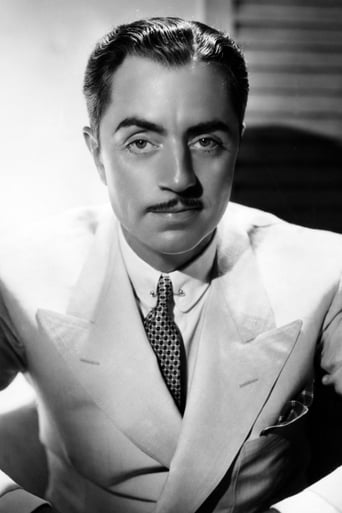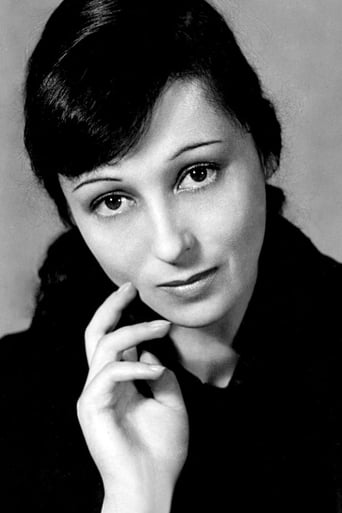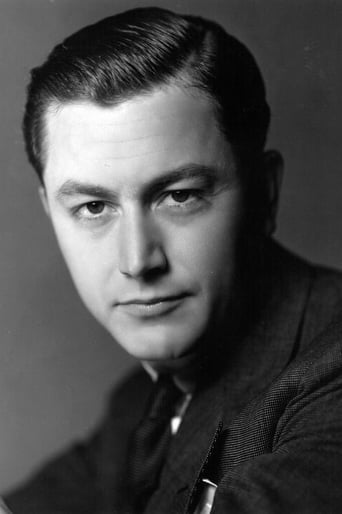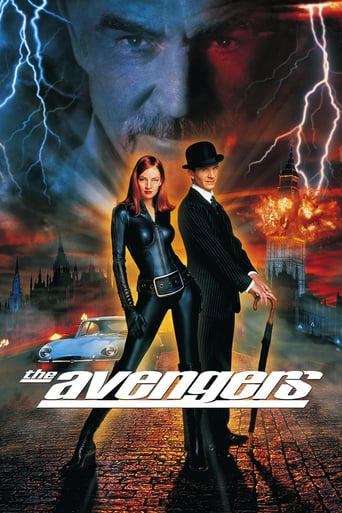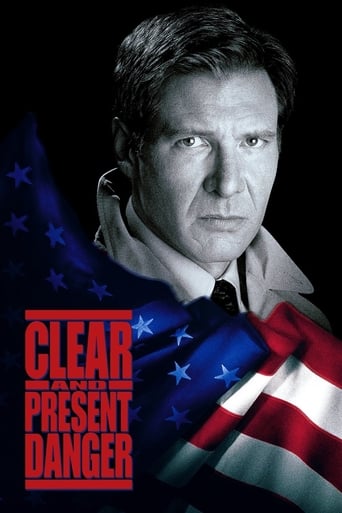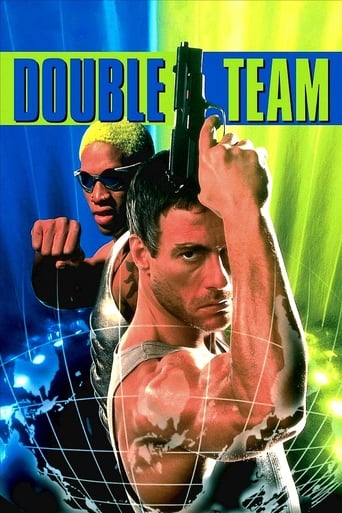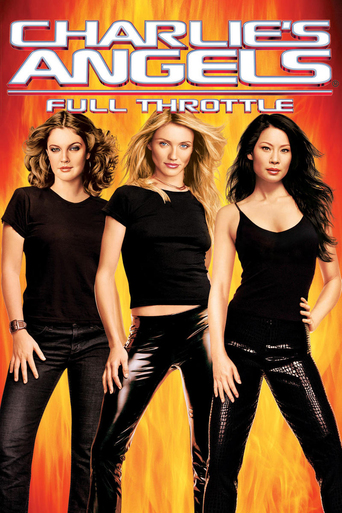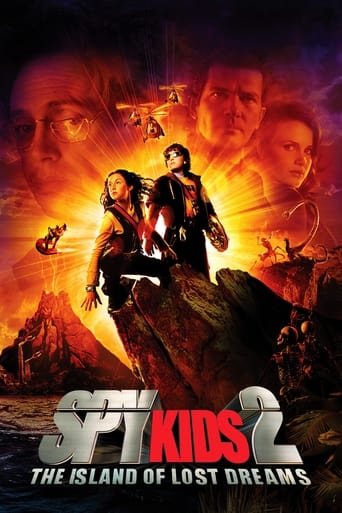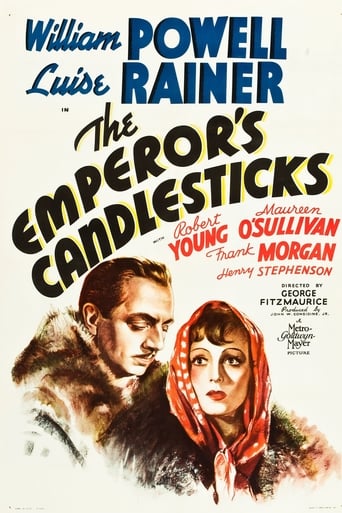
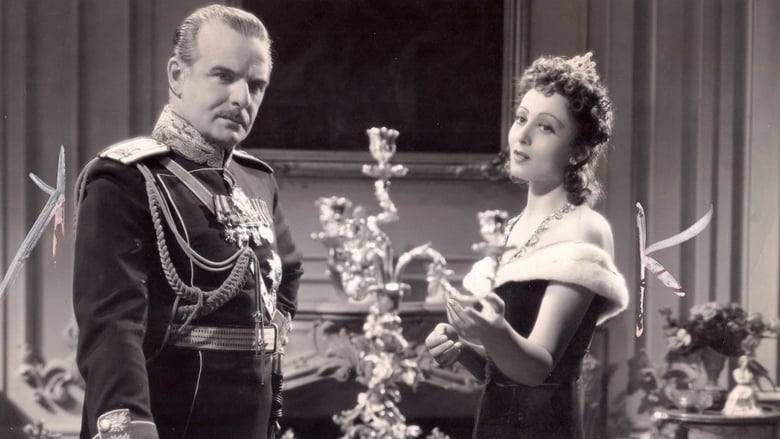
The Emperor's Candlesticks (1937)
Spies on opposite sides fall in love in pre-revolutionary Russia.
Watch Trailer
Cast


Similar titles
Reviews
I love this movie so much
Simply A Masterpiece
It’s not bad or unwatchable but despite the amplitude of the spectacle, the end result is underwhelming.
Through painfully honest and emotional moments, the movie becomes irresistibly relatable
Dressed up as "Romeo" for a masquerade ball in Vienna, Russian royal Robert Young (as Peter) meets pretty costumed "Juliet" Maureen O'Sullivan (as Maria). They seems like a perfect match, but it's really a plot to abduct Mr. Young. His imperial highness is to be exchanged for her revolutionary father. Young has written a letter to his father, asking him to halt the execution of Ms. Sullivan's father. The letter eventually becomes hidden in "The Emperor's Candlesticks". Chasing them around are a couple of spies, Polish secret agent William Powell (as Stephan Wolensky) and Russian counter-agent Luise Rainer (as Olga Mironova). Of course, the spies become mutually attracted...That may or may not be a good description of the plot; it's simple, but confusingly presented. Director George Fitzmaurice and his editor do not assist in making it understandably smooth. In an interesting scene, we cut from Mr. Powell looking at a train station poster to what looks like a clip from the end of "Anna Karenina" (1935). This is perversely appropriate as Ms. Rainer often appears to be doing impersonations of that film's star, Greta Garbo. By the mid-1930s, Garbo's films were making 2-3 times more money than previously; that's great, but she was averaging only one every two years. MGM needed another glamorously accented worldwide star. Enter Luise Rainer..."The Emperor's Candlesticks" was the first film to feature Ms. Rainer as a big star. While second-billed, she clearly commands the camera's focus; this film was produced for her. It's also the first Rainer made after back-to-back "Best Actress" Academy Award-winning performances in "The Great Ziegfeld" (1936) and "The Good Earth" (1937). The star of Rainer's first two US films, Powell appears more puzzled than passionate in his scenes with Rainer; remember, he's supposed to be falling in love with her. More perturbed than puzzled MGM mogul Louis B. Mayer, who orchestrated Rainer's Oscar-saturated introduction, received notice that his Garbo gamble might not pay off.**** The Emperor's Candlesticks (7/2/37) George Fitzmaurice ~ Luise Rainer, William Powell, Robert Young, Maureen O'Sullivan
By the mid-1930s, the Poles and Russians had been feuding bitterly for nearly 1,000 years. The first two decades of the 20th century had been tumultuous for much of the world, culminating with WWI – the war to end all wars. Near the end of that war, France executed Mata Hari, an exotic dancer from the Netherlands. She was convicted of spying for Germany against the Allies. Espionage was now commonly known to exist between rival countries, especially the Soviet Union and Western Europe. All of this provided a solid background for the plot in "The Emperor's Candlesticks." It is based on a novel by the same name written by Baroness Emmuska Orczy. The Hungarian-born British author was one of the early female writers of mystery and intrigue. Her best works were in historical fiction. The most famous of these were "The Scarlet Pimpernel" and its sequels. Two excellent adaptations of the Pimpernel have been made into movies – in 1934, and 1982 for TV.While Orczy's book was published in 1899, the 19th century had much of the same political turmoil as the early 20th century. Orczy moved several times throughout Europe with her family before settling in London. No doubt, she had read or heard about suspected espionage between nations in that time. So, she wove a very nice tale of secrecy and intrigue into this story with a subdued but blooming romance.For its part, Hollywood's MGM team added some wit and glamor to the story and made it an all around appealing movie with top stars. Some other reviewers before the time of this writing (Oct. 2013) didn't see much in the plot, or thought it very silly. Certainly, the background for the plot was spot on for the time and geography of the film. As to the story – well, it's fiction, and romance, and entertainment – what many movies are meant to be. I found this an overall interesting and most enjoyable movie. It has just the right amount of intrigue with a light touch of wit and humor. And, in the hands of William Powell, Luise Rainer, Robert Young and supporting cast, it's a very good movie. There's one piece of trivia that might be of interest to viewers. A scene toward the end of the film has the Russian Czar in it, but we never see the actor's face. At the time of this movie, and well into the 1950s, Hollywood would not show on film the faces of actors in roles of key world figures – such as the U.S. President, or kings, queens or other prominent rulers. Today, of course, it would seem awkward not to show the faces of actors in any roles. Perhaps, in times past those offices were held in higher regard and public esteem than they are today?
No wonder Luise Rainer's career went south following this film and several others. Following her Oscar wins, Ms. Rainer was rushed into some poor films and the results showed quickly.In this film, she sounds like she has congestion, but people would say that this was because of her accent.A tale of Polish and Russian spies, the entire concept needed reworking. The writing is weak, the performances by Rainer and Powell just aren't there because they're given such poor material to work with.As the Countess Mironova, Rainer acts and looks like a refugee living in Brooklyn. She appears as one of the foreigners you would meet at a marketplace.The plot is a good one. Polish nationalists kidnap a Russian emperor's son in the hopes that a Polish nationalist will be freed. Instead of concentrating on this, the film devotes itself to how 2 spies, Rainer and Powell, try to outwit each other by getting the candlesticks which reveal important information inside.Frank Morgan provides some comic relief to Robert Young, the victim of the kidnapping. Yet, his part is mainly understated as is the problem with the entire film.
The handsome Prince (Robert Young) has been kidnapped and will be killed unless a Polish secret agent (William Powell) is able to sneak a ransom note to the Czar. Unfortunately, he chose a rather silly place to hide the note (inside a specially created candlestick) and it is lost. At the same time, a Russian spy (Luise Rainer) is trying to sneak in letters incriminating Powell as a spy--and also hides them inside the matching candlestick--which also is lost. Lots of intrigue follows--as well as some MGM style romance.This film should have been better. After all, it starred the wonderful William Powell and had such supporting stars as Maureen O'Sullivan, Robert Young, Frank Morgan and Henry Stephenson--all fine actors. However, despite a decent script idea and such talent, the film was only okay. Much of this is because the script was rather tepid and talky--with too many scenes listening to the characters play verbal chess--trying to outfox each other. There was little 'zip' or excitement.In addition, some of the blame probably resides with co-star Luise Rainer. While Ms. Rainer only made a small number of Hollywood films, she had the distinction of winning two straight Best Actress Oscars. However, when you see these two performances as well as her subsequent films you wonder why she received such accolades. The performances just didn't age well. In the last week or so I have seen six of her more famous films, I can't help but think that she was a terribly over-rated star. I'm sure she's a nice person and is still thriving today at 98 years-old. But her style of acting usually included staring wide-eyed into space and often reciting her lines in an over-eager fashion--more like a girl in a high school play than someone trying to play a realistic performance. While Ms. Rainer was better in THE EMPEROR'S CANDLESTICKS than in some of her other films (particularly DRAMATIC SCHOOL and BIG CITY), she still was not up to starring against Powell.Now all this is NOT to say that this is a bad film--it's enjoyable enough. But there just isn't much spark or energy and could have been a lot more interesting. A decent time-passer and that's about it.


